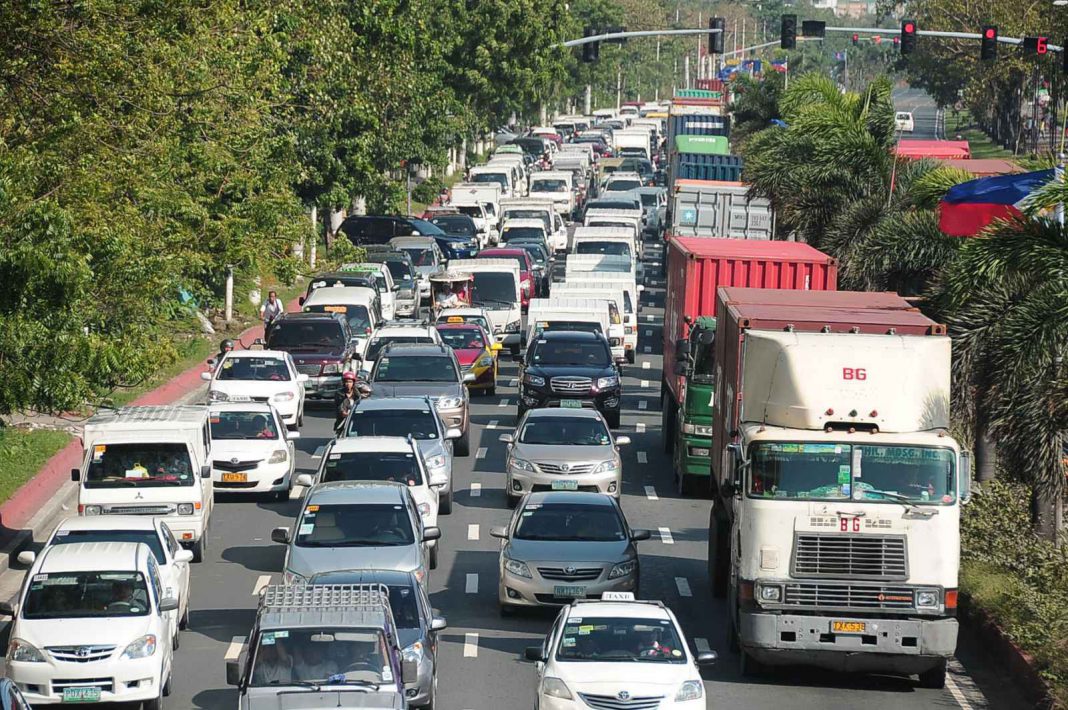By Monsi A. Serrano
Economies all over the global communities continue to struggle against an unseen enemy that has caused massive negative disruptions in the lives and jobs, and uncertainties on what will happen next to many business owners and even in the government.
With this current situation, the whole world’s immediate global action was very clear, to save lives, promote good health, and develop contingency measures. Admitting this is an uphill battle and had no definite timeline to stop the pandemic, it is inevitable for various challenges to surface. Already, there are millions of job opportunities lost due to the fact that companies are forced to shut down due to community quarantine and other businesses that are now allowed to would need to take a painful step to downsize in order to keep their business afloat and survive this crisis.
This results in lesser manpower working, a social distancing that would lead to a slower work phase plus the safety checkpoints installed everywhere that also affects the process. Both the domestic and international flow of goods and people moving these goods was also affected as the delivery of service would take a longer time.
Currently, there are an estimated 212 countries and territories around the world including the Philippines’ major trading partners have been caught in this dilemma which has been referred to in many terms: COVID Economy, Empty Chair Economy, Shut-In Economy. Suddenly, travel and tourism have lost their appeal. Survival and self-preservation become the best response to supply chain disruptions.
There may be some companies forced to beef up local production towards self-reliance. Needless to say, there were already projections that the world is heading towards a major recession, as economic activities take a backseat over safety and health. The International Monetary Fund swung from an upbeat global economic growth forecast of 3.3 percent in January, down to a dramatically scaled-down 0.6 percent, and now to a rather grim -3 percent — all in a matter of weeks, and with a caveat that this may still be too optimistic.
However, for former NEDA Secretary Dr. Cielito Habito’s point of view, the rough and conservative calculations point to GDP contraction that could range from -6 to -14 percent, depending on how many quarters inactivity persists. But he also noted that the government is taking a closer review and strengthening their healthcare systems.
Those countries that are heavily affected by the increasing COVID-19 cases have to rely on imports to feed their people who are locked in their homes, a boost to current export uncertainties. We are also experiencing what appears to be nature healing itself, as the drastic drop in travel and economic activities helped clear the environment of greenhouse gas emissions. Likewise, there is more pressure to stay fit and healthy and build resilient, livable cities. All these developments have a trade impact. In this ecosystem and with the COVID-19 vaccine still being developed, people believe that we have entered the New Normal.
The Philippine Exporters Confederation, Inc. (PHILEXPORT) developed the holistic roadmap for the Philippine export industry including the micro, small and medium enterprises which unfortunately are among the major casualties in this crisis. While exporters are exempted from the Enhanced Community Quarantine in principle, movements have been hampered at domestic checkpoints. The limited transportation and workforce also led to the port congestion in April which prevented the smooth flow of imports and exports. Except for COVID-19 essential goods and services, many non-essential sectors were put in a very vulnerable position as these activities ground to a halt, risking some 30 million jobs in the process.
PHILEXPORT identified three strategies: (1) Improve the Overall Climate for Export Development; (2) Exploit Existing and Prospective Opportunities from Trading Arrangements; and (3) Design Comprehensive Packages of Support for Selected Products and Services Sectors. While these remain valid, there is a need to transition effectively from this stage of the crisis to the directions and targets set in the PEDP which may also need review and updating.
PHILEXPORT 3R matrices
With the strategies mentioned above, these are the 3Rs that are going to be includedRecovery, Resilience, and Resurgence.
The first R, Recovery means an immediate implementation of programs and policies that can help enterprises to re-open gradually from this crisis until reaching their full capacity. The objective is to build confidence for people to start going out again and resuming as many of the economic-related functions and activities as possible, even as social distancing and hygiene protocols are strictly observed.
Then the second R which is Resilience aims to continue the implementation of programs and policies that will help enterprises withstand disasters and shocks (including a possible second wave of this crisis) and keep the enterprise operational even at 25% capacity until they reach full capacity. The objective is to ensure that the enterprises have institutionalized systems that will enable them to remain productive and able to employ people to perform certain core functions.
And last but not least is the Resurgence. It covers both medium-to-long-term and continuing implementation of programs and policies that will help enterprises achieve at least 5% enterprise and industry growth targets consistently for as long as possible. The objective is to strengthen and expand global market presence and increase employment capacity, while also contributing to the economic activities in the domestic market through the supply chain.
Despite the challenging times for the export industry and other businesses, the PHILEXPORT believes that the Philippines would be able to recover fast and can bounce back again soon given the fact the the strong Bayanihan spirit is in the hearts of every Filipino.














